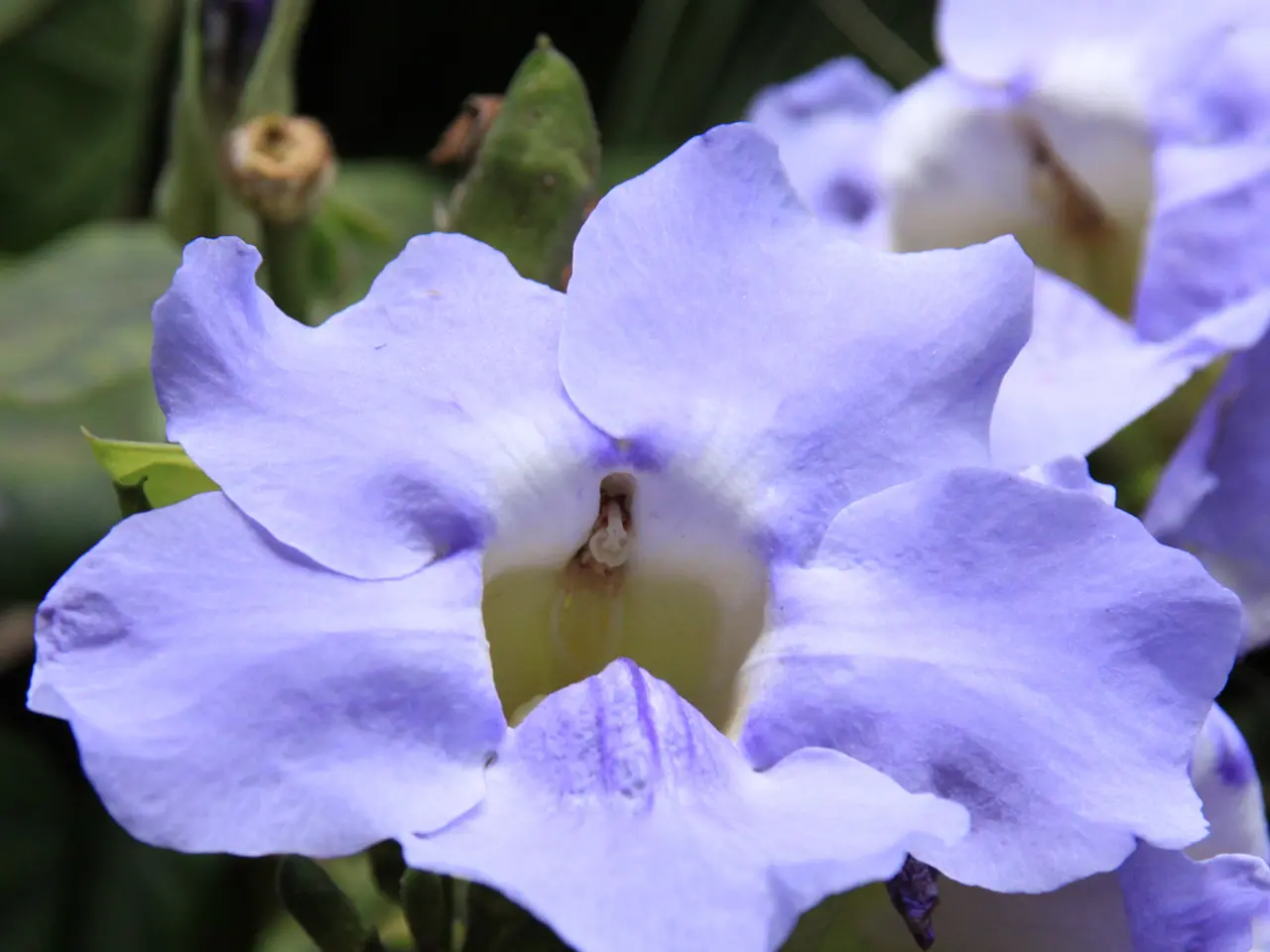Burlap Application in Seasonal Garden Upkeep
Using Burlap in Your Garden: A Comprehensive Guide
Burlap, a natural and eco-friendly fabric, is a versatile tool for gardeners seeking to protect their plants, conserve resources, and create a beautiful outdoor space. Here's a guide on effectively using and maintaining burlap in your garden throughout all seasons.
Winter Protection
During the harsh winter months, burlap can be a lifesaver for sensitive or young plants, shrubs, and trees. By wrapping them in burlap, you shield them from harsh winds, heavy snow, frost, and intense winter sun, preventing winter damage such as drying and breakage.
Installation Tips
To ensure your burlap stays in place, overlap seams at least 6 inches and secure them with pins or staples every 18 inches. Immediately water burlap after installation to help fibers conform and stay in place.
Seasonal Care
In the spring and summer, burlap can be used as a partial shade for plants sensitive to intense sun or heat stress, protecting foliage without suffocating airflow. Use burlap as a biodegradable mulch layer to suppress weeds and retain soil moisture, replacing it every 1–2 seasons due to natural decay. Clean up damaged or moldy burlap layers, and trim or remove burlap protections as the danger of frost or harsh weather subsides to avoid trapping moisture which can encourage disease.
Maintenance
Regularly inspect burlap coverings for damage, tearing, or degradation, especially after storms or wind. Remove burlap in late spring or early summer when protection is no longer needed to allow for plant growth and air circulation. Compost or till degraded burlap into the soil to enrich it, as burlap breaks down naturally and adds organic matter.
Practical Tips
Avoid using burlap in constantly wet conditions without drainage, as prolonged dampness may promote mold or rot. Combine burlap with other garden practices like mulching, pruning, watering, and fertilizing to ensure overall plant health through all seasons.
Additional Uses
Burlap can also provide temporary shade for sensitive plants without completely blocking out sunlight. Securing burlap mats or rolls with stakes or pins helps hold them in place until plants establish their root systems.
In summary, burlap serves mainly as a protective wrap in colder months and a natural mulch to suppress weeds and conserve moisture. It requires seasonal removal and replacement, careful installation to withstand weather, and routine inspection for integrity to maintain its benefits year-round. Burlap typically lasts one to two seasons before needing replacement or composting.
Incorporating burlap into your home-and-garden lifestyle, you can effectively safeguard your plants during winter by wrapping sensitive or young plants, shrubs, and trees to defend them from harsh winds, snow, frost, and intense winter sun. During warmer seasons, use burlap as a partial shade for plants sensitive to intense sun or heat stress, or as a biodegradable mulch to suppress weeds and retain soil moisture.




